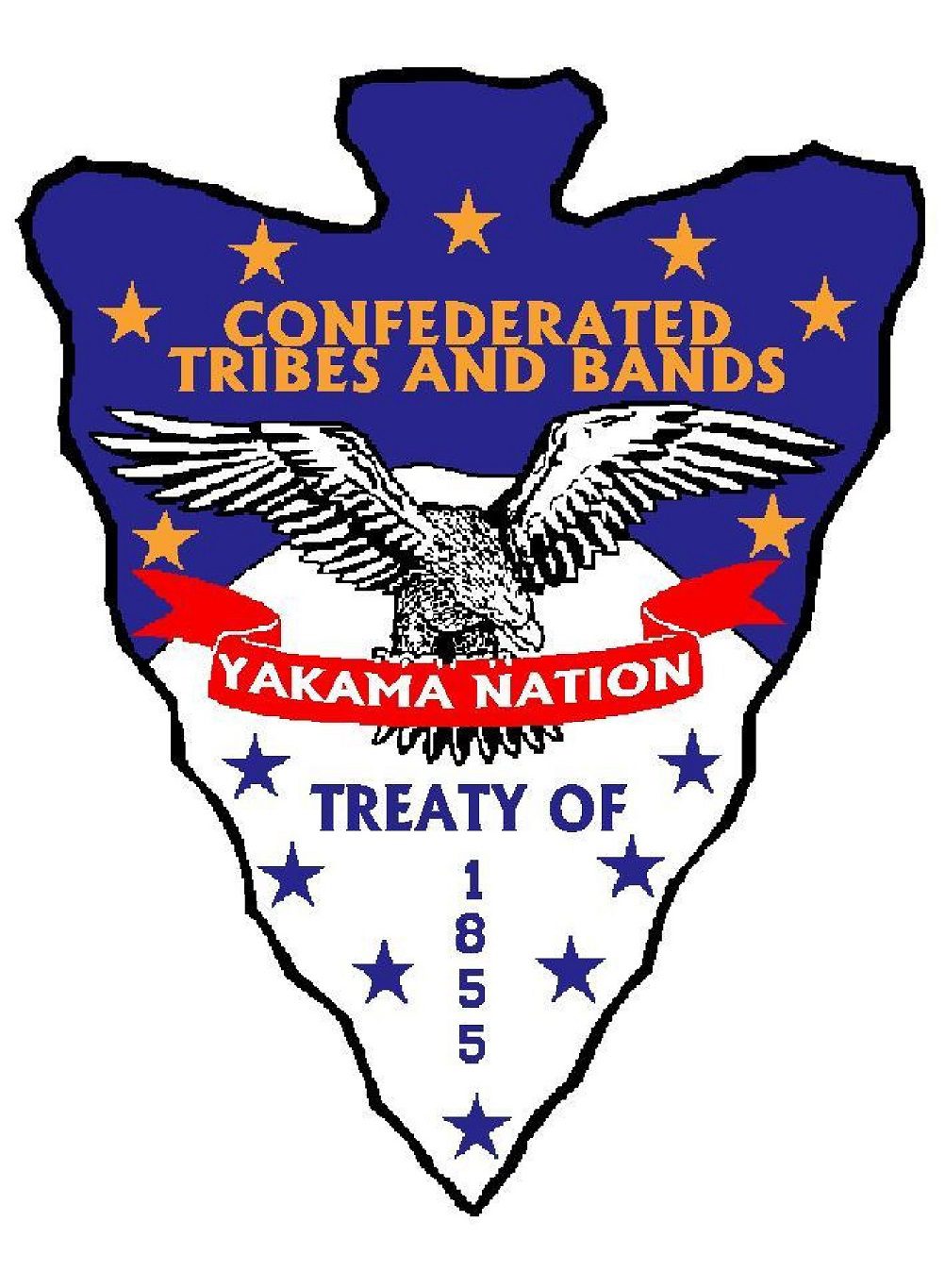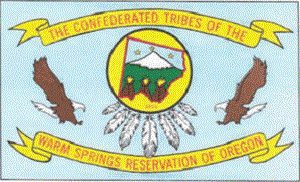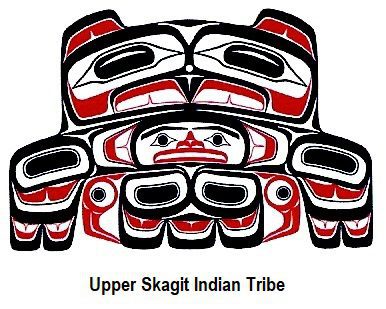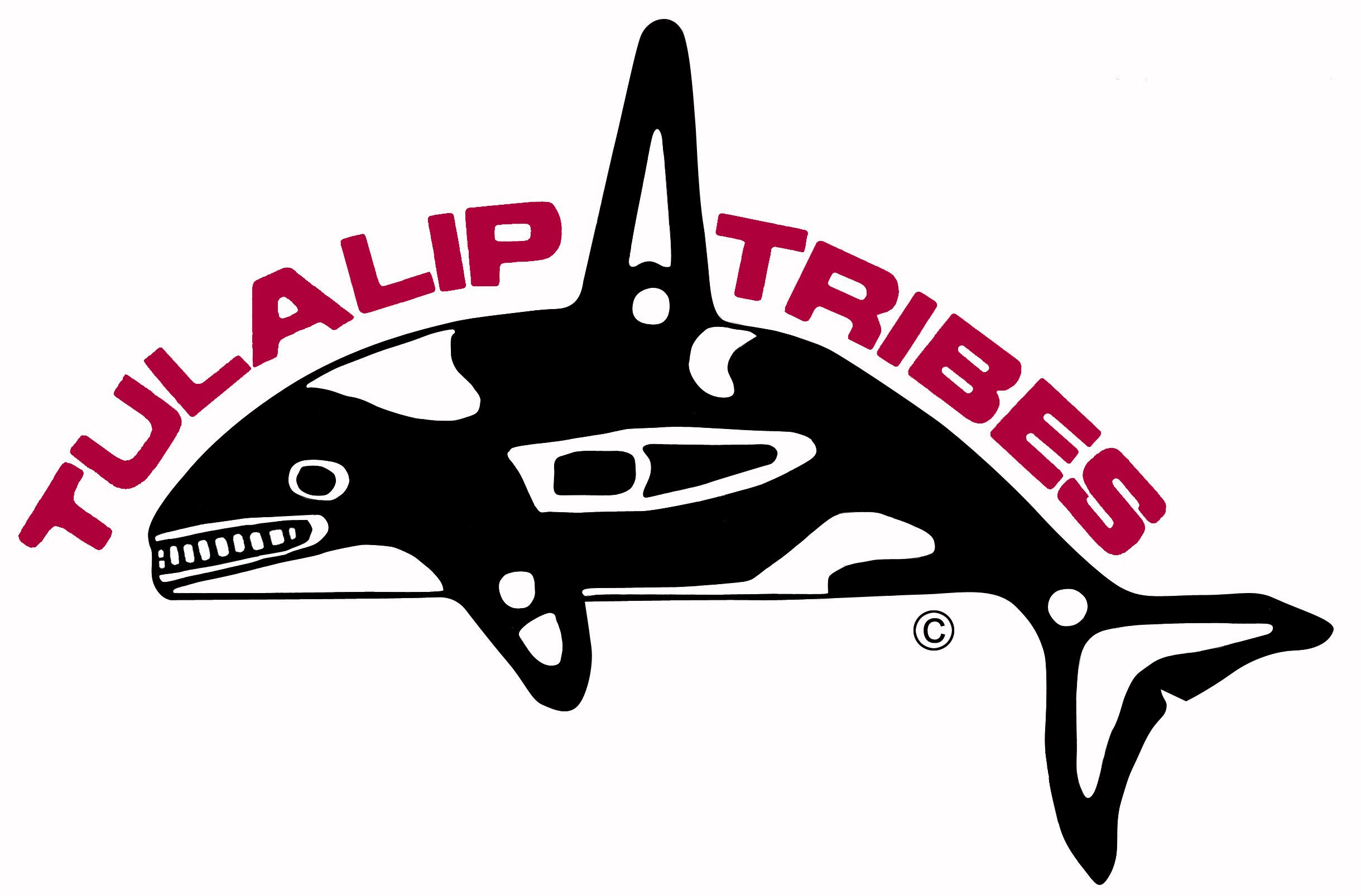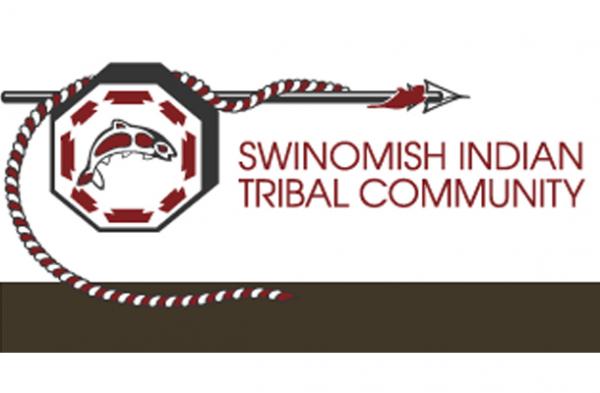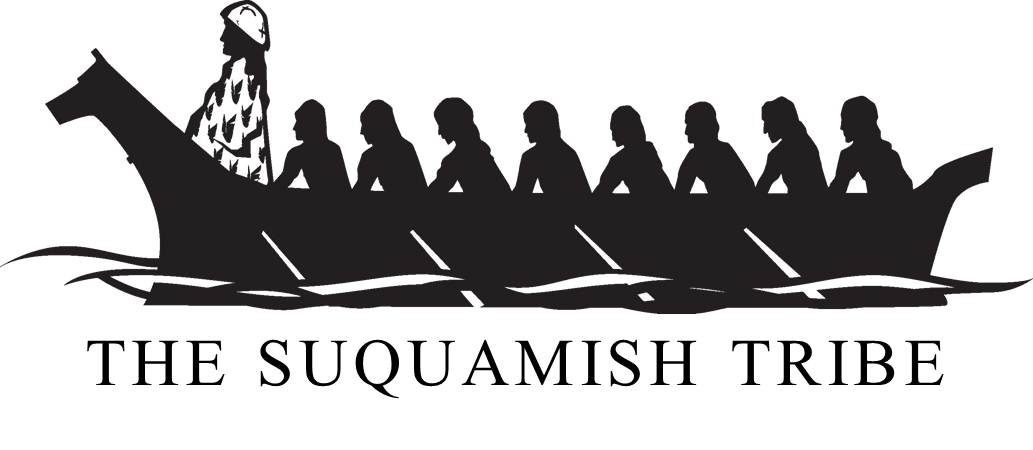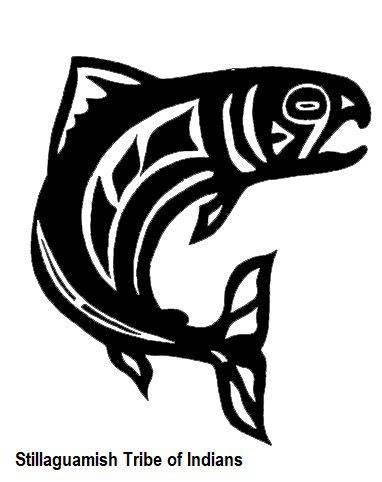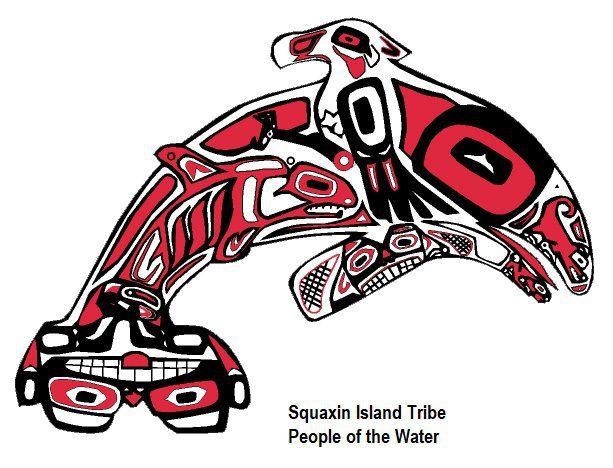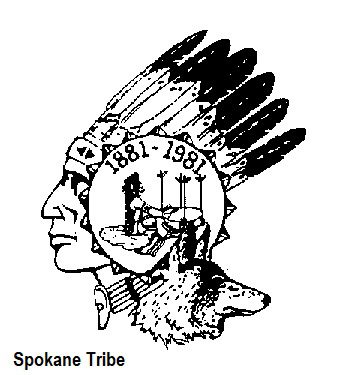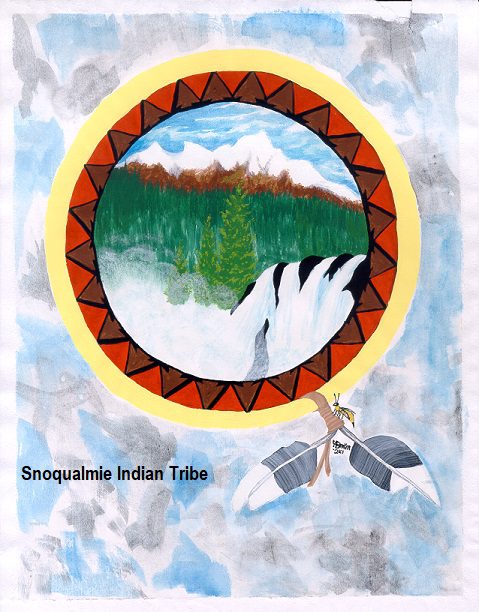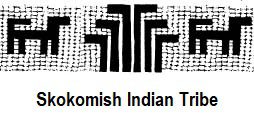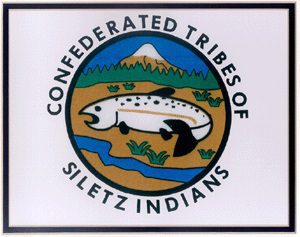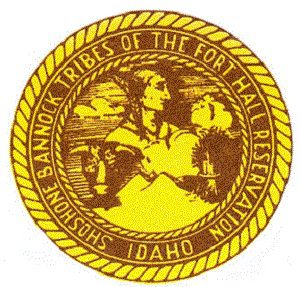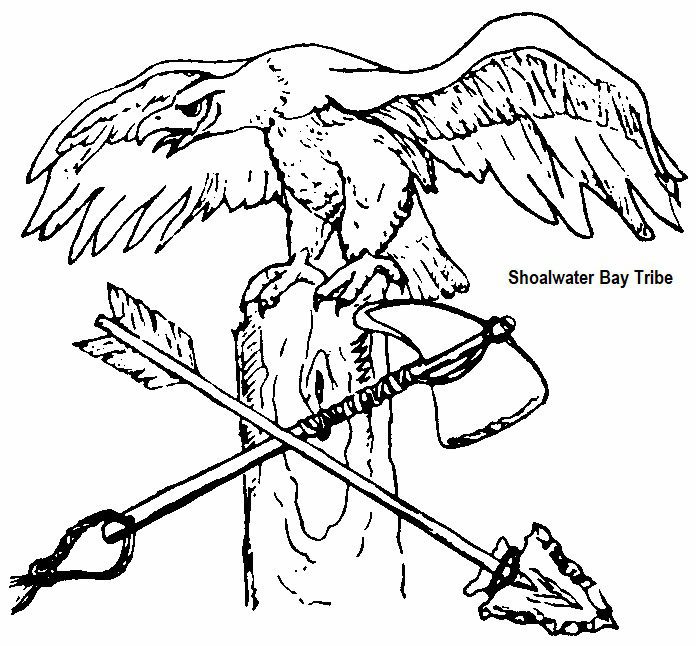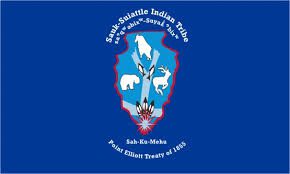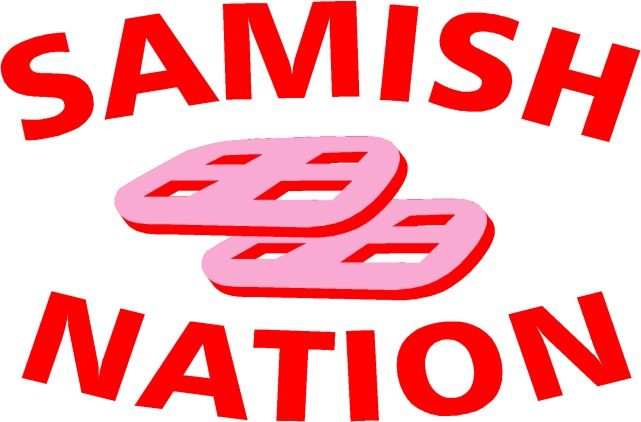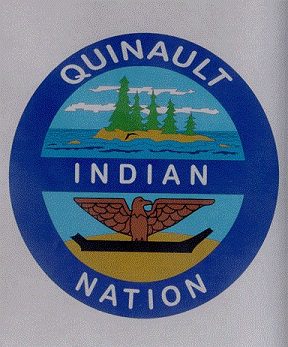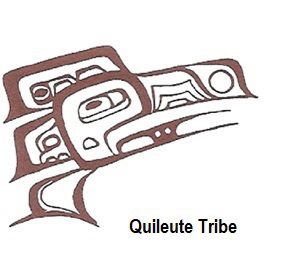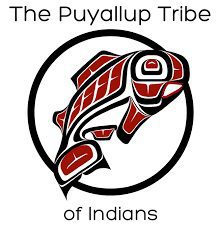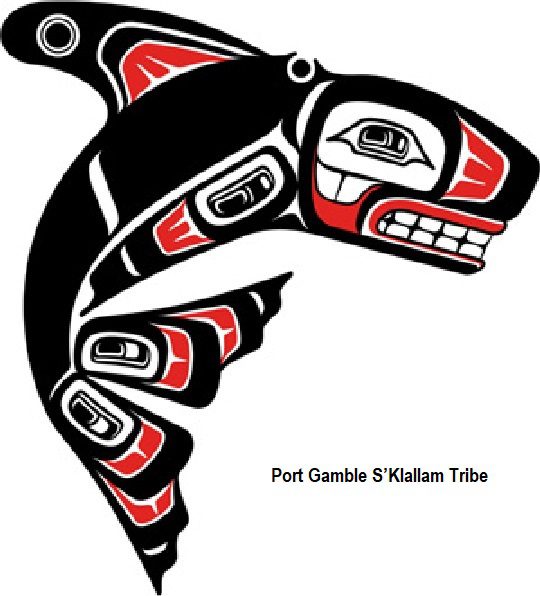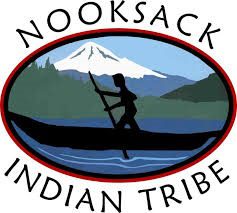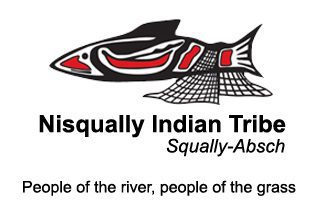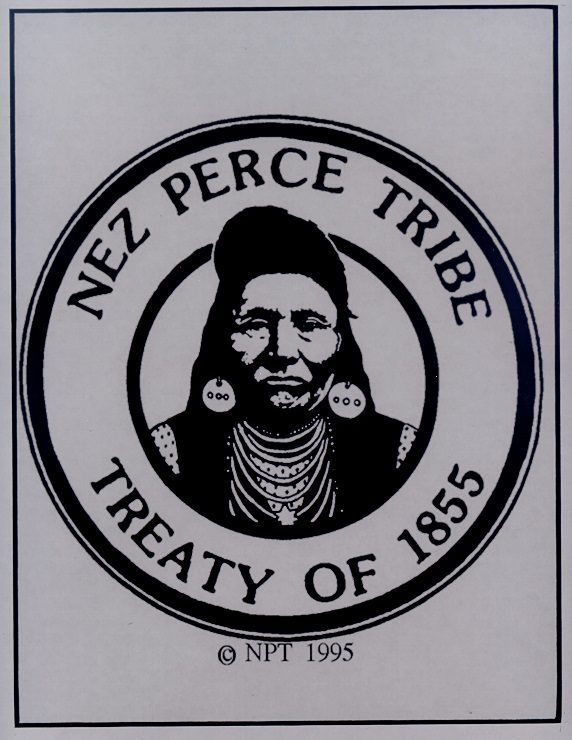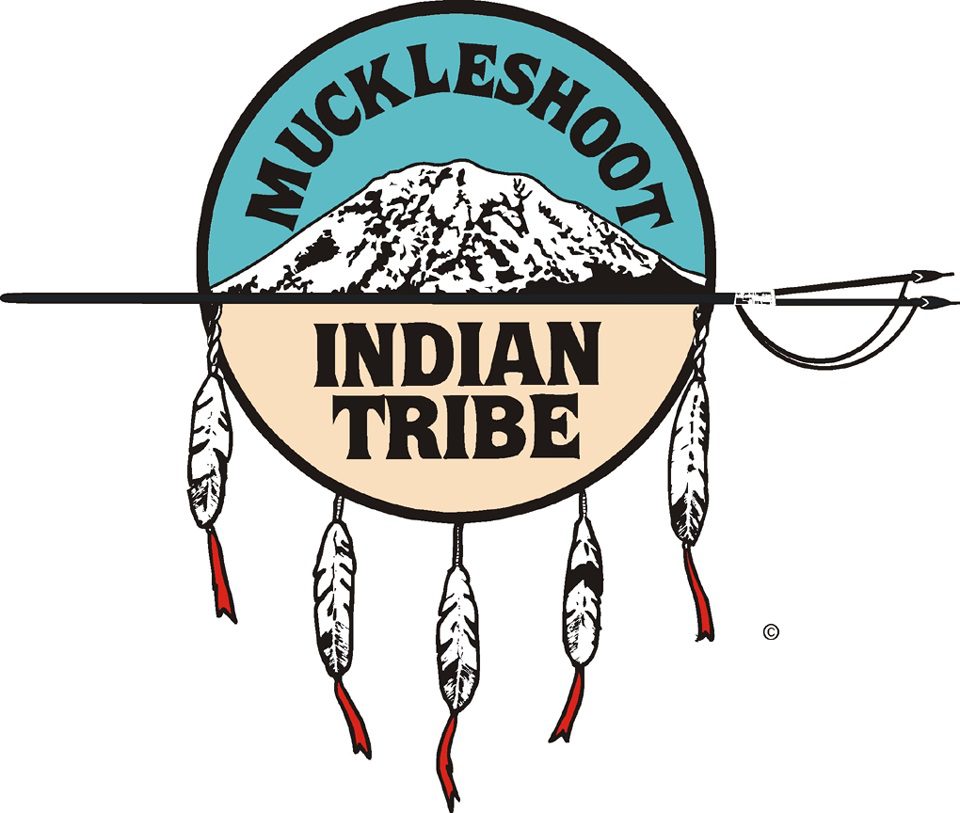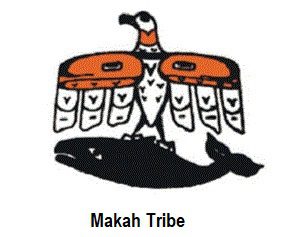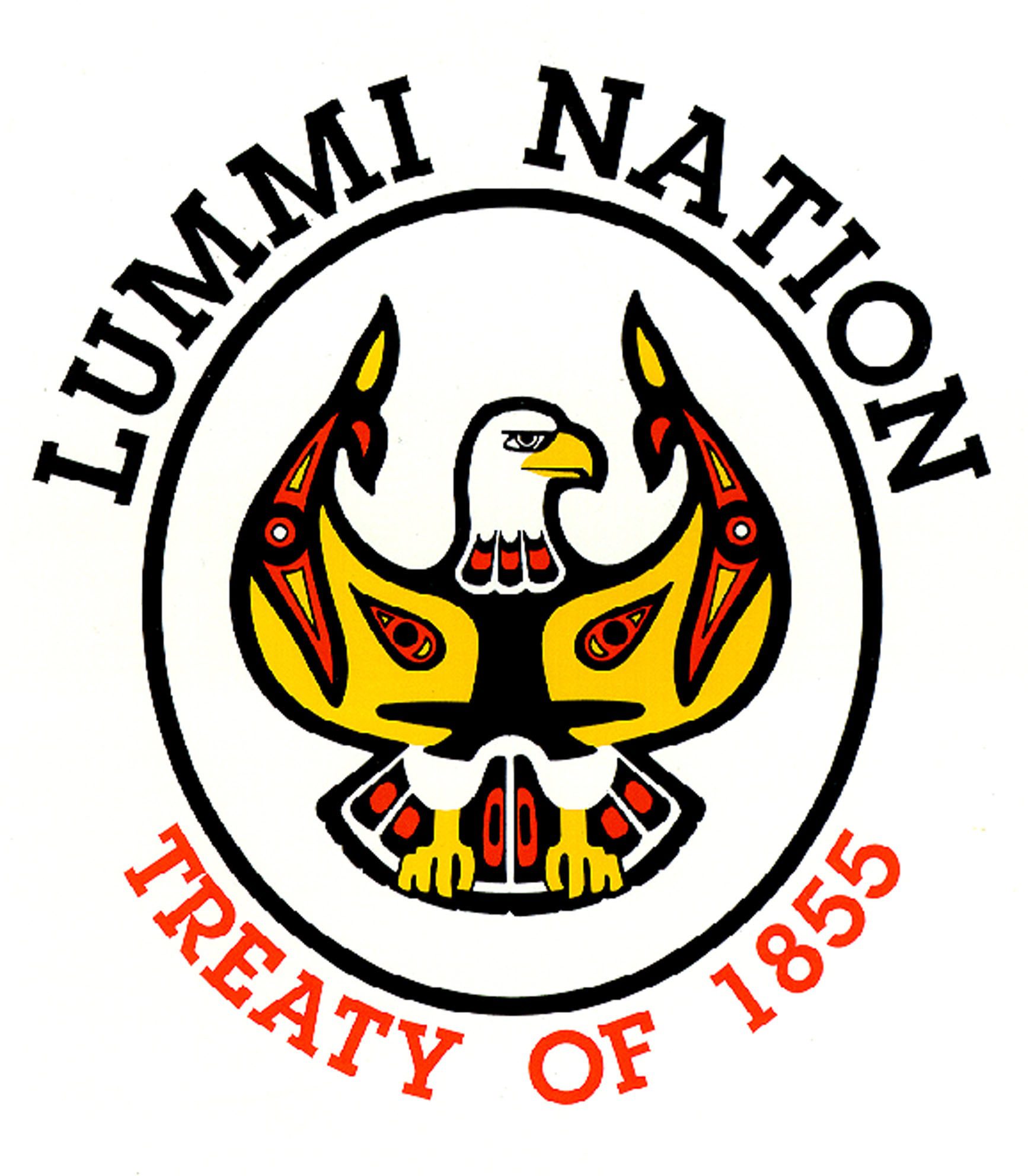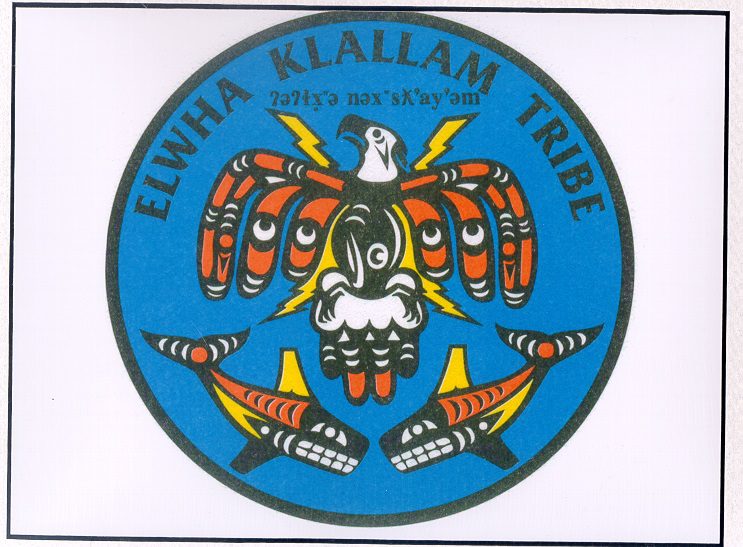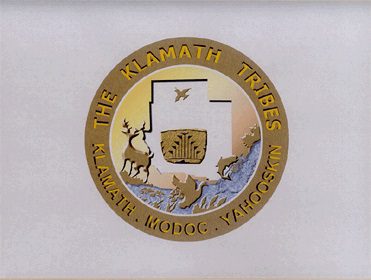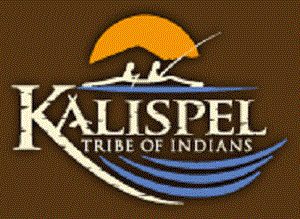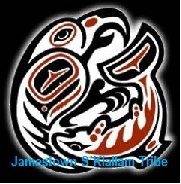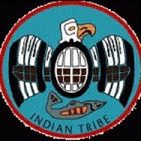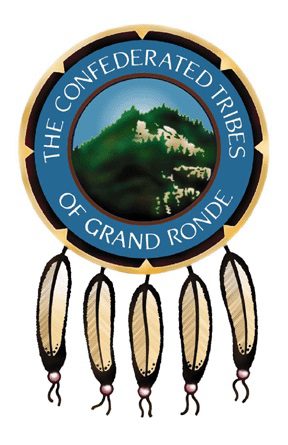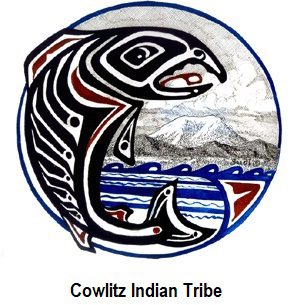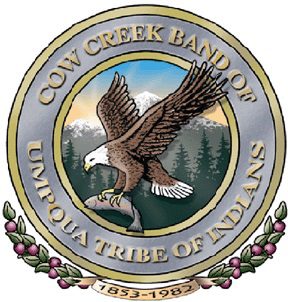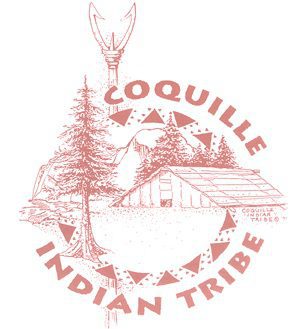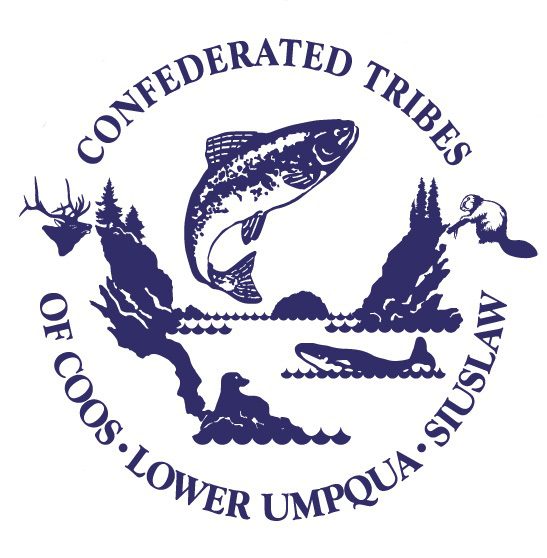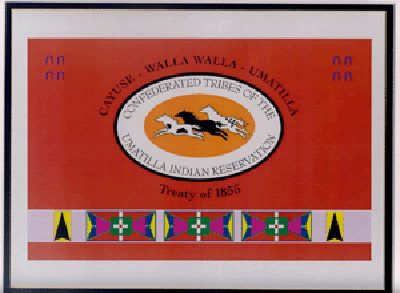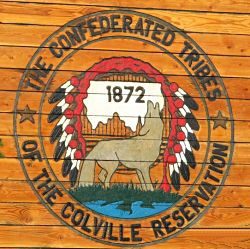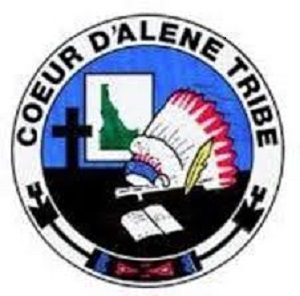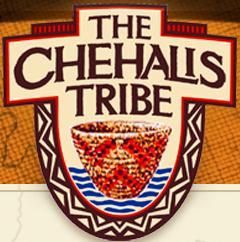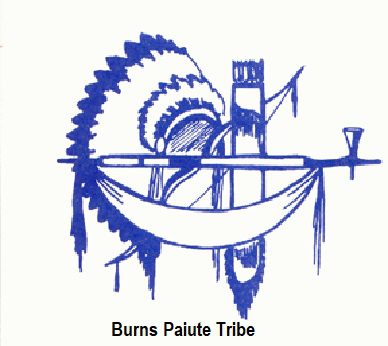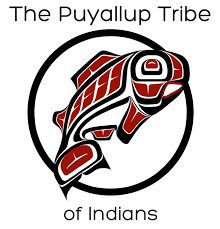The Tribe provides limited primary care services in a 4,500 SF medical clinic built in 1995. Health programs are funded through a P.L. 93-638, Title I contract with the Indian Health Service (IHS). With its base funding the Tribe operates a Family Services Program that employs a full-time physician’s assistant, a public health nurse one day per week, two full-time CHRs, and one full-time alcohol counselor. Specialty services include WIC and ECEAP. Through a contract with the Lummi Nation, Upper Skagit purchases 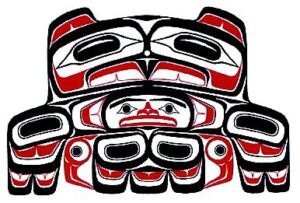 the on-site services of a nutritionist one day a week, a mental health counselor two days a week, and medical doctor one day per month. One full-time position is funded and the sanitarian provides services one day a week at Upper Skagit. Services include supervision of contaminated waste handling, food handling permits, health inspections of tribal facilities, water quality and sewage management, vector control and solid waste disposal, among other duties as assigned by the tribal health department. The Tribe’s Contract Health Service Delivery Area (CHSDA) is Skagit County. The Tribe’s Contract Health Services program is funded and administered by the Swinomish Tribes through a consortium agreement.
the on-site services of a nutritionist one day a week, a mental health counselor two days a week, and medical doctor one day per month. One full-time position is funded and the sanitarian provides services one day a week at Upper Skagit. Services include supervision of contaminated waste handling, food handling permits, health inspections of tribal facilities, water quality and sewage management, vector control and solid waste disposal, among other duties as assigned by the tribal health department. The Tribe’s Contract Health Service Delivery Area (CHSDA) is Skagit County. The Tribe’s Contract Health Services program is funded and administered by the Swinomish Tribes through a consortium agreement.
Patients who have no other medical coverage travel to the Lummi Tribal Health Center for direct care services that are not provided at the Upper Skagit Health Center. The clinic bills Medicaid, Medicare and other third-party payers. T The Upper Skagit Tribe is part of the Northwest Washington Service Unit Health Board (NWSUHB) that also includes Lummi, Nooksack and Swinomish.
The Tribe operates the following programs: Family Services Program, including outpatient primary care, public health nursing, community health representatives, substance abuse counseling, nutrition, and mental health. The tribe also operates an early childhood development center that provides services to children in Head Start, Child Care, and Prekindergarten. Through a partnership between Child Care, Head Start and Washington State’s PreK program, the Upper Skagit Tribe serves 20 children in a full-day, year-round classroom.
The Upper Skagit are a federally recognized Native American tribe living in the state of Washington. The Upper Skagit people are descendants of a tribe that inhabited 10 villages on the Upper Skagit and Sauk rivers in western Washington state. The 84-acre Upper Skagit Reservation lies in the uplands of the Skagit River Valley, east of Sedro-Woolley in Skagit County. Another 15 acres of undeveloped commercial land lie along Interstate 5 near Alger.
Flowing more than 125 miles from glaciers in the Canadian Cascade Mountains, through old-growth forests and farmlands to Skagit Bay in the Puget Sound, the Skagit River is western Washington’s largest stream. Outside of Canada and Alaska, it is one of the few rivers that sustains all of its original salmon species: Chinook, Chum, Coho, Pink and Sockeye. Skagit River salmon shaped human subsistence patterns. When the salmon run began, fishermen took canoes to fish camps, down to the mouth of the river.
Headmen of the Upper Skagit Tribe were among the signatories to the Point Elliott Treaty of 1855. The government said the Upper Skagit were not one group, there were villages that made up the Upper Skagit. Surveyors from the Northern Pacific Railroad crossed Upper Skagit land in 1870. Then came the white settlers. The Upper Skagit people suffered from diseases from white contact. Beginning in the 17th century, Spanish, English, and American explorers came into contact with Puget Sound tribes. Many years would pass before the first non-Indian settlers began to trickle into the Skagit Valley in 1846. Like their Native American counterparts, they were attracted to the valley’s plentiful natural resources — especially the fertile soil. Following conflicts between land-hungry white settlers and Washington Indians in the 1850s, the territory’s governor and Indian Agent, Isaac Stevens, drafted several peace treaties. The Point Elliott Treaty, signed on January 22, 1855 by about 80 tribal leaders, including headmen of the Upper Skagit tribe, called for Puget Sound tribes to cede vast tracts of land. In exchange, the tribes were paid a small amount of money and were assured federal health, education and welfare services as well as the prerogative to hunt and fish at their traditional places. In addition, some land was reserved for their use. The government said the Upper Skagit were not one distinct group; they would not be assigned a reservation. The Point Elliott Treaty signatories and their people were expected to move onto the new Lummi, Swinomish or Tulalip reservations within a year of Congressional ratification, but some tribes resisted, often fiercely. Rather than ensure peace, the treaties touched off an Indian war in eastern Washington when some tribal members refused to relocate.
Following the U.S. government’s acquisition of Native American land for settlers, it neglected for decades to fulfill its benefactor role as stipulated in the Point Elliott Treaty and others. Before European colonization, the tribe occupied lands along the Skagit River, from as far downstream as present-day Mount Vernon, Washington, and villages going north as far as Newhalem along the Skagit River, as well as lands on the Baker, and the Sauk rivers. Culturally, the Upper Skagit share characteristics with the Lower Skagit, the Coast Salish, such as the Sauk-Suiattle Indian Tribe, as well as the Plateau Indians on the eastern side of the Cascade Mountains. The Upper Skagit Reservation covers an 84-acre parcel of land east of Sedro Woolley in Skagit County. An additional 15 acres of non-developed commercial land is located along Interstate 5 near the town of Alger. The reservation is located in the Cascade foothills. The Upper Skagit are a Lushootseed Native American tribe living in the state of Washington. In pre-Colonial times, the tribe occupied lands along the Skagit River, from as far downstream as the land currently occupied by Mount Vernon, Washington, and villages going north as far as Newhalem along the Skagit River, as well as lands on the Baker River, and the Sauk River. Culturally, the Upper Skagit share characteristics with the Lower Skagit, the Coast Salish, as well as the Plateau Indians from the eastern side of the Cascade Mountains.
Cedar longhouses lay along the riverbanks from present-day Mount Vernon to Newhalem in northwest Washington, until the dwellers were compelled to resettle onto reservations in the mid-1800s. The Upper Skagit people lived along the Skagit River from Diablo, all the way west to its mouth. Archaeological digs have revealed evidence of human habitation in the Upper Skagit River basin dating to 8,500 years ago. Extended families or bands lived in the longhouses. Cooking fires were positioned in the middle with ceiling holes directly above. Rafters served as drying racks for smoked salmon. The Skagit River’s residents practiced basketweaving for untold generations. Artisans rendered riverbank roots, bark, and bear grass gathered in the forest, into an array of basket types. Some baskets were created for smoked salmon, others for dried meat or berries.
Elders’ stories were woven from the river and its surroundings. The stories revealed to the next generation where the best salmon fishing was and where to hunt game in the mountains, how to find sacred ground in the mountains, and where to bathe in the river for healing. Spiritual ceremonies also were held, with smoke and fire as a medium.
There are eleven bands of Indians that comprise the Upper Skagit Tribe. The Skagit River Valley was home to a number of Native American tribes known as the Coastal Samish, which comprised two linguistic groups: the Straits, including the Clallam, Lummi, Samish and Semiahmoo tribes; and the Lushootseed, including the Skagit, Snohomish, Snoqualmie, Swinomish and Upper Skagit. Government facilities are located on the southeast portion adjacent to Helmick Road with a largely undeveloped hillside rising north and east of these facilities. Immediately west of the government facilities is Red Creek. The tribe operates under bylaws and constitution that was adopted on December 4, 1936. The tribe is governed by the seven-member Upper Skagit Tribal Council. In January of 1951 the tribe filed a claim for the consideration for the lands ceded to the United States was unconscionably low. On September 23, 1968 a final judgment ordered for the tribe to be awarded $385,471.42.
Nearly 120 years following the Point Elliott Treaty and other treaties, the state of Washington attempted to regulate tribal fishing, but the tribes resisted on legal grounds: They already had the right to fish (and hunt) in their usual and accustomed places. The treaties had stipulated that the tribes were not giving up that right. Put in mind of its treaty obligation, the federal government took the state to court. In 1974, U.S. District Judge George H. Boldt ruled that the tribes were entitled to 50 percent of the fish harvests. The tribes then became fishery co-managers with the state.
The 11 bands of Indians that comprised the Upper Skagit Tribe had historically inhabited the land between present-day Mount Vernon and Newhalem in northwest Washington — ceded by treaty, but without land reserved for them. Years without a reservation home caused some Upper Skagits to move to other states.
Three hydroelectric dams were constructed on the Upper Skagit River, now in the North Cascades National Park:
Gorge Dam – wood (1923); masonry (1950); high concrete (1960)
Diablo Dam – (1927-30)
Ross Dam – first stage (1940); second and third stages (1949)
The resulting three reservoirs provide power for Seattle City Light. The three dams differ in height: Gorge – 300 feet, Diablo – 389 feet, and Ross – 540 feet. The nature of the river was changed forever.
An original signatory of the Treaty of Point Elliott, the Upper Skagit people are descended from a tribe with ten separate villages on the Upper Skagit and Sauk Rivers in Washington state. Our ancestors eventually consolidated, but a separate reservation was not originally established, and some tribal members had to reside on other reservations, primarily Swinomish. Our Tribe received formal federal recognition in early 1970s, with land put into trust for the tribe in 1984. The Upper Skagit Indian Tribe received formal federal recognition on December 4, 1974. However, it was not until September 10, 1981 that the Upper Skagit Reservation was established.
The Upper Skagit Indian Reservation consists of three separate small parcels of land in western Skagit County, near the cities of Sedro-Woolley and Burlington.
The cities of Sedro-Woolley and Burlington have developed near the reservation parcels. The largest section, located northeast of Sedro Woolley, is at 48°32′31″N 122°11′15″W, while the smaller western sections are at 48°33′33″N 122°20′42″W (the section where the casino is), and at 48°34′07″N 122°20′43″W, between Burlington and Alger. The total land area is 84 acres. Its resident population was 238 persons as of the 2000 census.
County extends inland to the Cascades from Rosario Strait at Anacortes and Mt. Vernon.
They traditionally spoke Lushootseed, part of the Salishan language family. It was spoken by many coastal tribes of the Northwest.
The Skagit River Valley was home to a number of Native American tribes known as the Coastal Samish, which comprised two linguistic groups: the Straits, including the Clallam, Lummi, Samish and Semiahmoo tribes; and the Lushootseed, including the Skagit, Snohomish, Snoqualmie, Swinomish and Upper Skagit.
The Upper Skagit owns and operates the Skagit Valley Casino Resort, along with the Bow Hill gas station located on Bow Hill. The tribe’s $28 million, Las Vegas style Skagit Valley Casino Resort opened in 1995 at Bow, halfway between Everett and Bellingham. The facility offers the members of the Upper Skagit Tribe an employment alternative to fishing and logging. In March 2001, an $11 million, 103-room hotel and conference center opened at the casino. In addition, the tribe bought into the Semiahmoo Resort on the northern Puget Sound shoreline in Blaine. Owned by the Trillium Corporation, Semiahmoo offers a number of resort activities, including two golf courses.
Also in March 2001, the tribe received a $90,000 EPA grant to increase funding for the Upper Skagit Indian Tribe EPA General Assistance Program, which is used to reach compliance with tribal, state and federal environmental laws.
In July 2004, the tribe was slated to receive $1,369,611 from HUD’s Indian Housing Block Grant Program to promote affordable housing. The program provides funds for a full range of housing programs to tribes or tribally designated housing agencies.
Community housing is adjacent to the northwestern rise of Red Creek while community service facilities are primarily west of Red Creek, including the community wellfields near the western boundary adjacent to Cokedale Road. Land Use Land use within the Helmick Road Reservation is dedicated to six different development zones. These zones are housing, business, recreation, forestry, religious activity, and cemetery. Development revisions that resulted in the present land use map and zoning ordinance occurred in 1995 with input from the community prior to Tribal Council approval. Land use activities are subject to the Tribe’s Environmental Procedures Act that requires submittal of an environmental checklist and/or assessment, review and determination of effect on the natural and human environment prior to obtaining building permits . Construction and building activities are overseen by the Public Works Director and may be proviced through specifically contracted inspection agreements. Community outreach and education activities are being prioritized to assist comprehensive planning, land use planning, utility planning, sensitive area protection planning, regulatory development, permitting, and restoration planning. The existing housing stock for the Community includes 50 single family units and 26 rental units that include apartments and duplexes. According to the 2001 Indian Housing Plan (“IHP”) the un-met housing need within the Community is 217 families. These families presently pay more than 50% of their income toward housing expense. The Helmick land base is fully maximized and cannot support further development of housing or sewage infrastructure without land acquisition. Today, the area dedicated to business development encompasses the government and community facilities.
Principal industries: Wood products, petroleum and coal processing, food processing, agriculture.
The government facilities include: Tribal Administration facility that hosts Tribal Council meeting rooms, administrative, planning and accounting departments, a community kitchen, housing and gaming departments.
Social and Health Services facility that hosts social, health and police departments
Education facility that hosts the education and public works departments
Woodshop facility that hosts the up-river Skagit System Cooperative department, facilities maintenance, wood-shop and archives
Timberland Services Community facilities include the Elder/Child care Center, a Cultural Center, and Recreation Center.
Forestry is dedicated to supporting wetland forest resources, buffers to the public water supply and Red Creek, and to meet the goal of providing on-Reservation
cultural use access opportunities.
Cultural Use Sites: The Upper Skagit Indian Tribe has not had the opportunity to provide for a community cemetery. The dedicated land has recently been cleared and
is located in the north eastern portion of the Reservation.
Utilities: Helmick Reservation is served by Puget Sound Energy (“PSE”). Cascade Natural Gas extended its utility to Helmick in the fall of 2001. Service connections are not expected to be complete until the end of 2003. The Tribe has invested in its own cable network. The local telephone network is Verizon, Inc. Other telecomm
unication improvements are taking place through wireless and related area-wide infrastructure developments.
Public Works is responsible for water supply, wastewater treatment and disposal and manages the maintenance department that serves housing, community and government complexes. Public Works maintains records, certifications and reporting for the domestic supply wellfield that serves Reservation and adjacent residents, maintains three on-site septic systems serving the government facilities, three on-site septic systems serving the community, recreation and housing developments, maintains roads, road lighting, stormwater, and manages the residential cable network, and solid waste collection and recycle services. Fire flow for the community is
wholly inadequate and requires infrastructure upgrades of service lines and storage.
The Public Works Department maintains operation, maintenance, monitoring and reporting requirements consistent with the Safe Drinking Water Act. Reports
are routinely filed with EPA, Region 10, Office of Water. The system use averages 19,400 gallons per day [record review 1/1/2000 through 7/2/2001], an increase of
almost 45% since 1991-1993 average use of 13,500 gallons per day. Drinking water meets and has consistently met Safe Drinking Water standards.
There appears to be a natural source of Berylium that requires further investigation. Presently, while supply can meet long-term projected growth the infrastructure does not meet adopted standards. The Tribe is seeking planning and technical assistance to design and cost service upgrades to improve waterline size, fireflow, storage and transmission capacity.
The Tribe participates in the Skagit County Coordinated Water Supply Plan, and under the plan is the designated provider for Helmick and can establish a satellite operation at Bow Hill if it chooses. Standards for water system infrastructure, interties, source water protection and conservation exist in the plan. Some of these standards are not presently meet by the Tribe and where these deficiencies can contribute to nonpoint pollution will be addressed through the Management Plan. Examples of such deficiencies include intertie and septic disposal where they have the potential to affect the drinking water supply. Additionally, the
Tribe needs to undertake coordination responsibilities for the wellhead protection area with adjacent jurisdictions. Adjacent residential water service is made available to 6 homes downstream of the Reservation along Helmick Road. However the utility ordinance requires updating to ensure all connections are being served for intended supply, are properly connected and metered. Community cemetery ground has been cleared and awaits further development. Concerns for this type of land use include potential arsenic, heavy metals and other associated contaminant release to the groundwater/drinking water supply.
Sewer: Sewer infrastructure presently consists of – community collection, treatment and disposal systems.
There are 6 community systems that serve:
the administration, social service and education facilities, the woodshop, the 50 family residences, the child development center, the 26 rental units, the culture center and the recreation center Wastewater disposal and treatment land is significantly inadequate in meeting the present demand and future growth projections of the community. Sewer infrastructure is expected to be extended from the City of Sedro-Woolley to serve the Northern State Recreation facilities. The Tribe is interested in investigating the opportunity for establishing a water intertie and sewer service connection to ensure Reservation and natural
resource environment needs are met in the future.
Solid Waste: The Tribe provides for solid waste collection services through a franchise contract. Recycling is offered within the government facilities for
cardboard and mixed paper. Glass, plastic, aluminum is not served. The residential facilities contract for their own recycling services.
The tribe maintains an economic development office and has an economic development plan. It also has developed its own habitat restoration program.
The Upper Skagit owns and operates the Skagit Valley Casino Resort, along with the Bow Hill gas station located on Bow Hill. The tribe’s $28 million, Las Vegas style Skagit Valley Casino Resort opened in 1995 at Bow, halfway between Everett and Bellingham. The facility offers the members of the Upper Skagit Tribe an employment alternative to fishing and logging. In March 2001, an $11 million, 103-room hotel and conference center opened at the casino. In addition, the tribe bought into the Semiahmoo Resort on the northern Puget Sound shoreline in Blaine. Owned by the Trillium Corporation, Semiahmoo offers a number of resort activities, including two golf courses.
Also in March 2001, the tribe received a $90,000 EPA grant to increase funding for the Upper Skagit Indian Tribe EPA General Assistance Program, which is used to reach compliance with tribal, state and federal environmental laws.
In July 2004, the tribe was slated to receive $1,369,611 from HUD’s Indian Housing Block Grant Program to promote affordable housing. The program provides funds for a full range of housing programs to tribes or tribally designated housing agencies.
Community housing is adjacent to the northwestern rise of Red Creek while community service facilities are primarily west of Red Creek, including the community wellfields near the western boundary adjacent to Cokedale Road. Land Use Land use within the Helmick Road Reservation is dedicated to six different development zones. These zones are housing, business, recreation, forestry, religious activity, and cemetery. Development revisions that resulted in the present land use map and zoning ordinance occurred in 1995 with input from the community prior to Tribal Council approval. Land use activities are subject to the Tribe’s Environmental Procedures Act that requires submittal of an environmental checklist and/or assessment, review and determination of effect on the natural and human environment prior to obtaining building permits . Construction and building activities are overseen by the Public Works Director and may be proviced through specifically contracted inspection agreements. Community outreach and education activities are being prioritized to assist comprehensive planning, land use planning, utility planning, sensitive area protection planning, regulatory development, permitting, and restoration planning. The existing housing stock for the Community includes 50 single family units and 26 rental units that include apartments and duplexes. According to the 2001 Indian Housing Plan (“IHP”) the un-met housing need within the Community is 217 families. These families presently pay more than 50% of their income toward housing expense. The Helmick land base is fully maximized and cannot support further development of housing or sewage infrastructure without land acquisition. Today, the area dedicated to business development encompasses the government and community facilities.
Principal industries: Wood products, petroleum and coal processing, food processing, agriculture.
The government facilities include: Tribal Administration facility that hosts Tribal Council meeting rooms, administrative, planning and accounting departments, a community kitchen, housing and gaming departments.
Social and Health Services facility that hosts social, health and police departments
Education facility that hosts the education and public works departments
Woodshop facility that hosts the up-river Skagit System Cooperative department, facilities maintenance, wood-shop and archives
Timberland Services Community facilities include the Elder/Child care Center, a Cultural Center, and Recreation Center.
Forestry is dedicated to supporting wetland forest resources, buffers to the public water supply and Red Creek, and to meet the goal of providing on-Reservation
cultural use access opportunities.
Cultural Use Sites: The Upper Skagit Indian Tribe has not had the opportunity to provide for a community cemetery. The dedicated land has recently been cleared and
is located in the north eastern portion of the Reservation.
Utilities: Helmick Reservation is served by Puget Sound Energy (“PSE”). Cascade Natural Gas extended its utility to Helmick in the fall of 2001. Service connections are not expected to be complete until the end of 2003. The Tribe has invested in its own cable network. The local telephone network is Verizon, Inc. Other telecomm
unication improvements are taking place through wireless and related area-wide infrastructure developments.
Public Works is responsible for water supply, wastewater treatment and disposal and manages the maintenance department that serves housing, community and government complexes. Public Works maintains records, certifications and reporting for the domestic supply wellfield that serves Reservation and adjacent residents, maintains three on-site septic systems serving the government facilities, three on-site septic systems serving the community, recreation and housing developments, maintains roads, road lighting, stormwater, and manages the residential cable network, and solid waste collection and recycle services. Fire flow for the community is
wholly inadequate and requires infrastructure upgrades of service lines and storage.
The Public Works Department maintains operation, maintenance, monitoring and reporting requirements consistent with the Safe Drinking Water Act. Reports
are routinely filed with EPA, Region 10, Office of Water. The system use averages 19,400 gallons per day [record review 1/1/2000 through 7/2/2001], an increase of
almost 45% since 1991-1993 average use of 13,500 gallons per day. Drinking water meets and has consistently met Safe Drinking Water standards.
There appears to be a natural source of Berylium that requires further investigation. Presently, while supply can meet long-term projected growth the infrastructure does not meet adopted standards. The Tribe is seeking planning and technical assistance to design and cost service upgrades to improve waterline size, fireflow, storage and transmission capacity.
The Tribe participates in the Skagit County Coordinated Water Supply Plan, and under the plan is the designated provider for Helmick and can establish a satellite operation at Bow Hill if it chooses. Standards for water system infrastructure, interties, source water protection and conservation exist in the plan. Some of these standards are not presently meet by the Tribe and where these deficiencies can contribute to nonpoint pollution will be addressed through the Management Plan. Examples of such deficiencies include intertie and septic disposal where they have the potential to affect the drinking water supply. Additionally, the
Tribe needs to undertake coordination responsibilities for the wellhead protection area with adjacent jurisdictions. Adjacent residential water service is made available to 6 homes downstream of the Reservation along Helmick Road. However the utility ordinance requires updating to ensure all connections are being served for intended supply, are properly connected and metered. Community cemetery ground has been cleared and awaits further development. Concerns for this type of land use include potential arsenic, heavy metals and other associated contaminant release to the groundwater/drinking water supply.
Sewer: Sewer infrastructure presently consists of – community collection, treatment and disposal systems.
There are 6 community systems that serve:
the administration, social service and education facilities, the woodshop, the 50 family residences, the child development center, the 26 rental units, the culture center and the recreation center Wastewater disposal and treatment land is significantly inadequate in meeting the present demand and future growth projections of the community. Sewer infrastructure is expected to be extended from the City of Sedro-Woolley to serve the Northern State Recreation facilities. The Tribe is interested in investigating the opportunity for establishing a water intertie and sewer service connection to ensure Reservation and natural
resource environment needs are met in the future.
Solid Waste: The Tribe provides for solid waste collection services through a franchise contract. Recycling is offered within the government facilities for
cardboard and mixed paper. Glass, plastic, aluminum is not served. The residential facilities contract for their own recycling services.
The tribe maintains an economic development office and has an economic development plan. It also has developed its own habitat restoration program.
The Upper Skagit Tribe is governed by a seven member Tribal Council elected in accordance with the Tribal Constitution and by-laws approved by the Secretary of the Interior in 1974. Council members serve for staggered three-year terms.
City: Sedro Woolley, population 6,290. Elevation 55.
County: Skagit, population 69,500. Native American 1,484, 32% of nonwhite, 2% of total population. 1,735 square miles.
Other Information: Members 504 enrolled members.
County extends inland to the Cascades from Rosario Strait at Anacortes and Mt. Vernon.
County’s assessed value averages $2,463 an acre.
Average temperatures 41-60. Rainfall (Mt. Vernon): 32.2 inches
Tribal website: N/A
Administration Phone: (360) 854-7090
Clinic website: N/A
Clinic Phone: (360) 854-7070
Upper Skagit Tribe
Upper Skagit Tribal Health Facility
2284 Community Plaza
Sedro WA 98284
Phone: 360-854-7000
Fax: 360-854-7004
Upper Skagit Tribal Clinic Family Medicine
25959 Community Plaza Way
Sedro Woolley, WA 98284
Phone: (360) 854-7070
Hours: Monday – Friday 8:00 AM – 5:00 PM
Saturday – Sunday Closed
Upper Skagit Tribal Council
25944 Community Plaza
Sedro Woolley, WA 98284
Phone: (360) 854-7000
Fax:(360) 854-7004
Member Tribes
